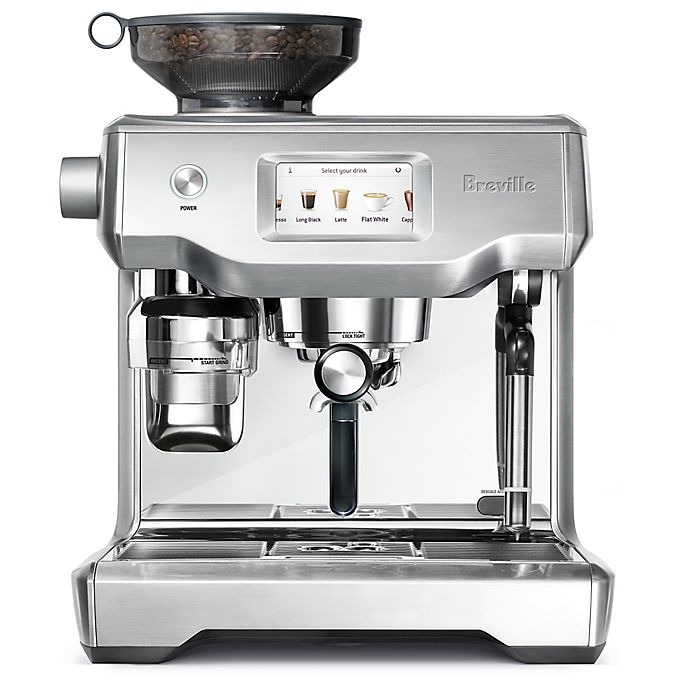InSinkErator Indulge Contemporary Instant Hot & Cold Water Dispenser with Standard Filtration & 2-Handle 8.4 in. Faucet in Satin Nickel
Includes Standard Filtration Sytem & 2-Handle Swivel Faucet. 2/3 Gal. Tank with Adjustable Temperature (160°F – 210°F). Backed by our 5-Year “We Come to You” Limited In-Home Warranty.
The InSinkErator Indulge Contemporary Hot Water Dispenser delivers up to 60 cups of near-boiling water per hour to quickly prepare coffee, loosen tough foods, rinse utensils, or warm baby bottles. The dual handle Satin Nickel faucet features a graceful, high-arc spout that swivels to easily fill pitchers and pots. The included F-1000S Standard Water Filtration System reduces particulates, chlorine taste, and odors for better-tasting hot beverages. It’s designed for tool-free connection with a ¼ in. quick-connect fitting and is replaced easily without contact with used filter material.
- Includes instant hot water dispenser tank and full standard F-1000S filtration system (head bracket, one (1) F-1000 replacement filter, 2-polyethylene tubes, quick-connect fitting, 2-mounting screws, 1/4 in. compression fittings)
- Graceful, high-arch swivel spout makes filling pots and pitchers quick and easy
- Durable brass faucet dispenses near-boiling water up to 200°F
- Hot lever automatically shuts off, while the stay-on cool lever remains on for easy use
- UL certified hot water tank with durable, stainless-steel construction delivers up to 60-cups of near-boiling water per hour
- Includes a 2/3 Gal. stainless-steel tank with easily adjustable temperature control from 160°F up to 210°F
- Filter head bracket compatible with only F-1000 and F-2000 replacement filters
- NSF 42 certified standard F-1000 filter reduces particulates, chlorine taste, and odor for cleaner, better-tasting water
- For optimal performance, replace water filtration cartridge every 6-months
- Faucet is backed by a 5-year, we come to you, limited service warranty to cover repair or replacement by an authorized dealer
- Hot water tank is backed by a 3-year we come to you limited-service warranty to cover repair or replacement by an authorized dealer
- Filtration system is backed by a 1-year we come to you limited-service warranty to cover repair or replacement by an authorized dealer
Additional information
| Connection size (in.) | 3/8 In. |
|---|---|
| Faucet Height (in.) | 8.38 |
| Spout Height (in.) | 8.38 |
| Certifications and Listings | NSF Certified,UL Classified |
| Manufacturer Warranty | 5 year parts and in home service |






by David
Works perfectly and easy to install.
by Chris
Easy to install and works great
by Aggie
We bought this to replace existing unit that failed. We were a little disappointed in the first unit for failing after only 3 years but since it fit our application setup so well, we replaced with same unit. If the replacement fails again in what we consider a short time, we may look for different brand next. All that said, Home Depot was easy to deal with and we are happy.
by Nathan
Replacement one for one swap out. Less than five minutes!
by Cheryl
But the handle to turn the hot water on was installed at a weird angle so it’s been hard to operate. 🙁
by David
Very easy install and had instant hot water in no time.